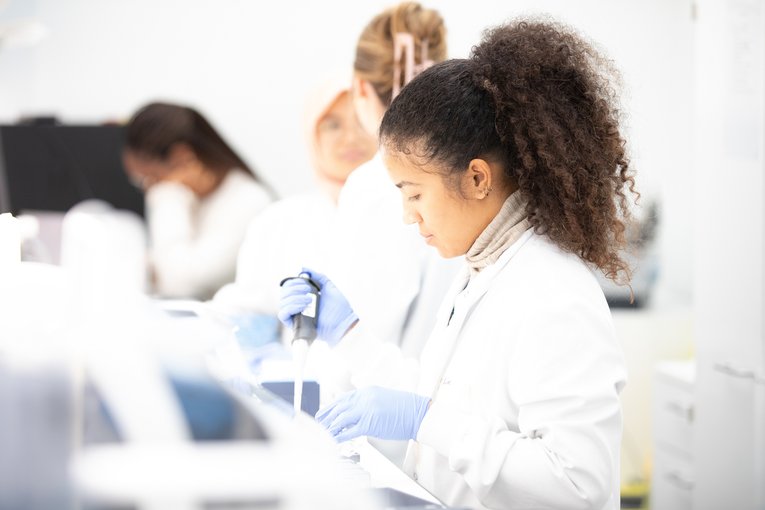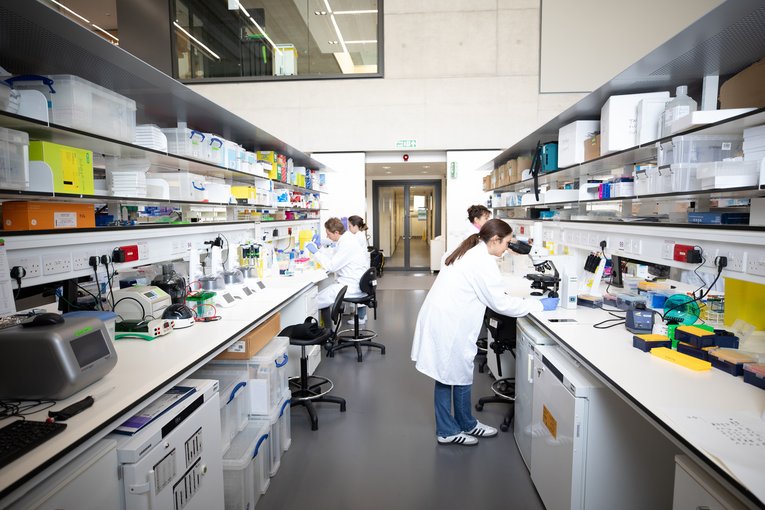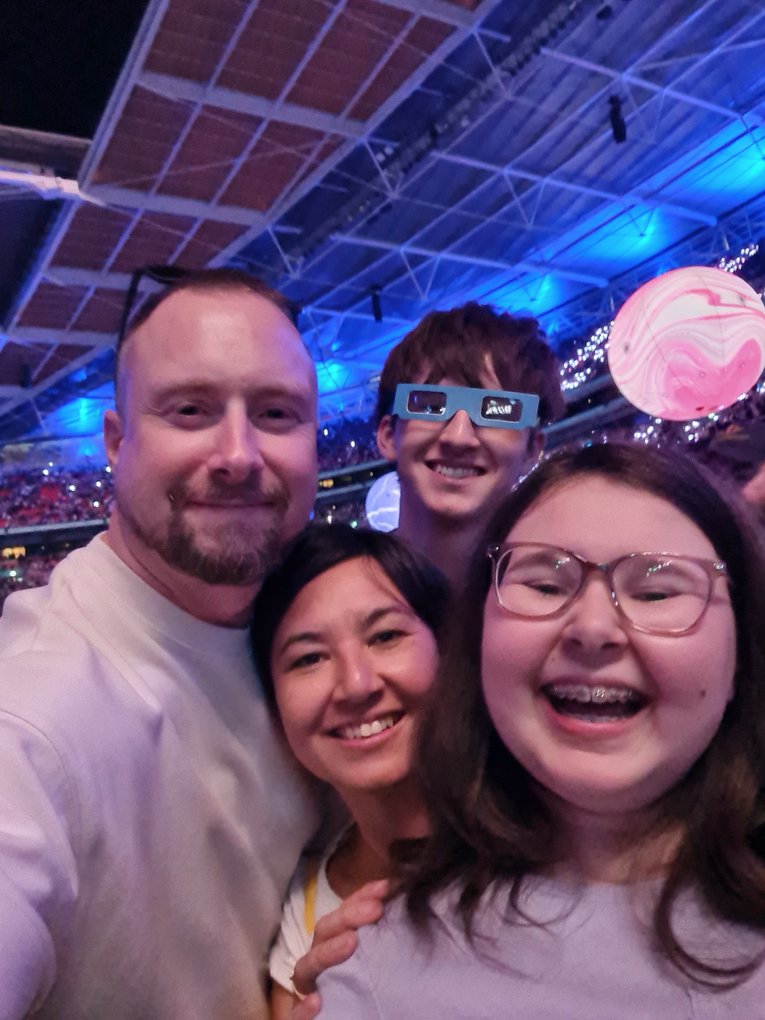
https://www.gosh.nhs.uk/news/introducing-gosh-sample-bank/
Introducing GOSH Sample Bank
13 Nov 2019, 3:28 p.m.
At GOSH, we want research to be embedded in everything we do. That’s why we’ve launched the GOSH Sample Bank, where patients’ leftover samples can be used in child health research instead of being thrown away. This will allow us to carry out even more cutting-edge research, helping us better understand rare conditions and develop the treatments of the future.
Research, not rubbish
When patients come to GOSH, they often need to give samples such as urine, blood, faeces or biopsies of skin or other tissue. After all the tests have been carried out, any leftover sample is thrown away safely. But these biological samples could hold important clues to the underlying causes of rare diseases. So we’re asking patients to consider donating their leftover samples to the Sample Bank.
The samples will be processed, frozen and stored at GOSH and once we’ve built up enough samples, researchers at GOSH and our academic partner the UCL Great Ormond Street Institute of Child Health, can then request to use the samples in their research.
“The GOSH Sample Bank will be invaluable for researchers studying rare childhood diseases. In the future, the findings from analysis of these samples could really make a difference to the way that we understand, diagnose and treat rare conditions in children,” Professor David Goldblatt, Director of Research and Innovation, said.
The power of sample banks
Collecting biological samples for specific research projects has been carried out for many years at GOSH and allowed us to make some major breakthroughs. The difference with the GOSH Sample Bank is that we will be asking patients to donate leftover samples that have the potential to be used in a range of research projects. We won’t be asking patients to donate anything extra or do any extra tests.
Although we have an idea what the Sample Bank will help us investigate, it will allow samples to be analysed in ways researchers haven’t even thought of yet. Sample banks particularly important for specialist hospitals like GOSH where it can be hard to get enough samples to allow researchers to study rare conditions
It will take some time for us to build up our bank of rare disease samples, and research itself can be a slow process, so we are not expecting breakthroughs immediately. But in the future we hope the GOSH Sample Bank will become a rich resource of information, helping researchers answer important questions about why conditions occur and who is at risk. These answers can lead to quicker and more accurate diagnoses, better treatments for children and, ultimately, help more children fulfil their potential.
How to get involved
- Speak to your doctors or nurses to find out if Sample Bank is recruiting in your clinical area.
- Watch our new animation featuring a voiceover from 17-year-old GOSH patient and Young Persons’ Advisory Group member Sandra.
Find out more about the GOSH Sample Bank.

NIHR launches £13.7m investment into brain tumour research
The National Institute for Health and Care Research (NIHR) has announced a £13.7 million investment that will support ground-breaking research to develop novel brain tumour treatments in the UK.

New consortium aims to help improve care for arthritis patients
A new UK-led research group, including Great Ormond Street Hospital and University College London, aims to improve the lives of children, young people and adults with arthritis by defining for the first time what being in ‘remission’ from arthritis truly

‘Ready-made’ T-cell gene therapy tackles ‘incurable’ T-Cell leukaemia
A groundbreaking new treatment using gene-edited immune cells, developed at GOSH and UCL has shown promising results in helping children and adults fight a rare and aggressive cancer

GOSH manufactures new gene therapy for rare condition
A specialist laboratory team based at Great Ormond Street Hospital have manufactured a new gene therapy to treat a baby with the rare genetic condition, Hunter Syndrome.
